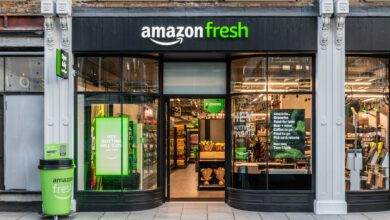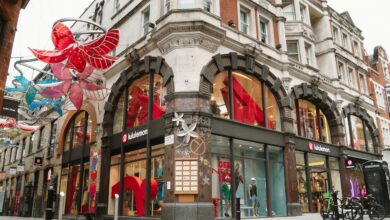
Register to get 1 more free article
Reveal the article below by registering for our email newsletter.
Want unlimited access? View Plans
Already have an account? Sign in
TikTok isn’t just a social media dynamo among consumers in their teens, 20s and 30s, it’s fast becoming a retail powerhouse too. Research shows that 44% of global users discover products from brand videos and more than a third buy something they see on it.
It’s become an effective targeting tool to reach and engage with younger consumers who have been loyal to TikTok thus far, compared to other platforms. And as a result, it’s also become a competitive space for retailing.
While plenty of retail brands want to build relationships with Gen Alpha, Gen Z and Millennials and are looking to boost profits through the platform’s growing number of shopper capabilities, they can’t afford to treat it like other, legacy marketplaces.
Instead, they need to capitalise on the special sauce that is already driving younger demographics to TikTok. Content really is king. It needs to be relatable, authentic and genuinely entertaining if it’s going to inspire those audiences to buy. Moreover, brands must carefully consider how it’s integrated into the path to purchase so it isn’t jarring.
Let us entertain you
It’s worth remembering that TikTok is not a community-building platform like Facebook, but offers a bespoke and highly-personalised experience for each user. More than anything else, successful videos and streams are based on entertainment, as users are less receptive to overt advertising and pushy sales.
Brands are shifting towards producing more informal video creative. These ads tend to perform well because users want content that’s relatable.
Those that re-use existing TV ads are unlikely to find success on TikTok. A better option is to begin by trialling native content that mimics the user-generated content on the platform. That often includes content creation with existing creators and influencers. Most also find that native ad formats like ‘In-Feed’ are the best way to approach this particular audience.
Making a campaign work on TikTok requires brands to be price-competitive, genuine and authentic, but most of all to be entertaining. They’re competing directly against video content designed to engage and amuse, so they have to do the same.
Creator collaborations
Live shopping experiences are an emerging option that can connect young audiences with the creators that they already trust – often more than the retailers themselves. This encourages them to stick around for entire sessions and to tune in to the brand values.
Taking advantage of TikTok’s Affiliate Programme is a sure-fire way to ensure that retailers collaborate with creators who share their values, and get buy-in from young audiences who could be sceptical.
However, finding the right creator partner is only the first step to success. Shoppers also need to know when to tune in, so promoting live shopping events ahead of time will be key to maximising views. Teasers, countdowns, and even exclusive chances to win products can encourage users to join and build hype around the retailer.
Given that research also shows audiences are more likely to make an impulse purchase through social platforms, creator-led live shopping also presents opportunities for brands to tap into consumer mindsets that typically drive in-store buys.
Building on this, context is key and successful livestreams should be tailored to each category. For example, while beauty experiences are suitable for a late afternoon’s impulse shopping, live shopping experiences promoting tech products could be a better fit for evenings when viewers have more time to be taken through the details of a higher-cost purchase.
Making product displays and short-form effective
Although engaging young audiences will be a primary focus for brands that want to build long-term relationships, there is real value in showcasing product portfolios as well.
TikTok Shop allows brands to build shopfronts in a similar way they can do through marketplaces like Amazon, allowing users to make a quick purchase without ever having to leave the app.
Meanwhile, TikTok profiles can focus on short-form videos, such as having creators offering tutorials or reviewing products, to help inform a purchase decision. This provides more space to be creative than on a traditional website or a marketplace, which will be key to driving loyalty and encouraging return visits to the brand’s profile.
Taking the first step
As with any new sales channel, retail brands need an in-depth understanding of the audience, the opportunity and what the TikTok platform can do before they dip their toes in the water. But with so many users spending literally hours on it every day, it’s becoming increasingly apparent that most businesses looking to target younger consumers will need some level of presence there.
Meta/Facebook has just announced plans to shut down its live shopping capabilities in October, and while its audience may not skew as young as TikTok’s, this still feels premature. If the big wins retail brands have seen through live shopping on China’s Singles Day are anything to go by, then Meta may regret its decision to allow TikTok to become the default platform for live shopping.







